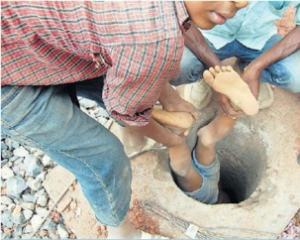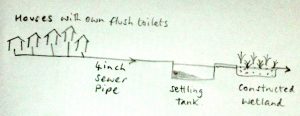Community transformation is a slow process, one in which the community members are empowered to make decisions that could improve their lives and destinies. Sometimes those decisions may be at odds with what others want for them. Sometimes the most empowering option is not to participate at all.
Identifying a problem is the first stage in community transformation, but not all members of the community may see the situation as a problem. Communities are not homogeneous and there may be many different views and perspectives. Promoting discussion and choice among the community members plays a major role. For this, any outsider needs to build trust – and this takes time.
Any development work, whether it is sanitation, health promotion, education or whatever, must be something that some people in the community actually want. Problems occur when community members have not been adequately consulted in the decision making process and investments are wasted. It is only when agreement has been reached with a household or community that an idea can be taken forward, perhaps even to local government for approval.
There are many methods to engage the community in the consultation process, for example, mapping, discussions, drawing, voting. Some of these methods are time consuming and people may simply tell you their views without ‘wasting their time’ doing the exercises.
It is important to meet with different sub-groups of the community to get their opinions – such as the elderly, middle-aged, youth, men, women, boys, girls, different caste and non-caste groups, different socio-economic groups. In this way the different voices can be heard distinctively. Sometimes they will all agree and sometimes they may have different viewpoints. All are valid.
If you are interested in helping any particular community, go and meet them, talk to them, make friends with them and spend time with them: let them shape the agenda, and take it from there.

